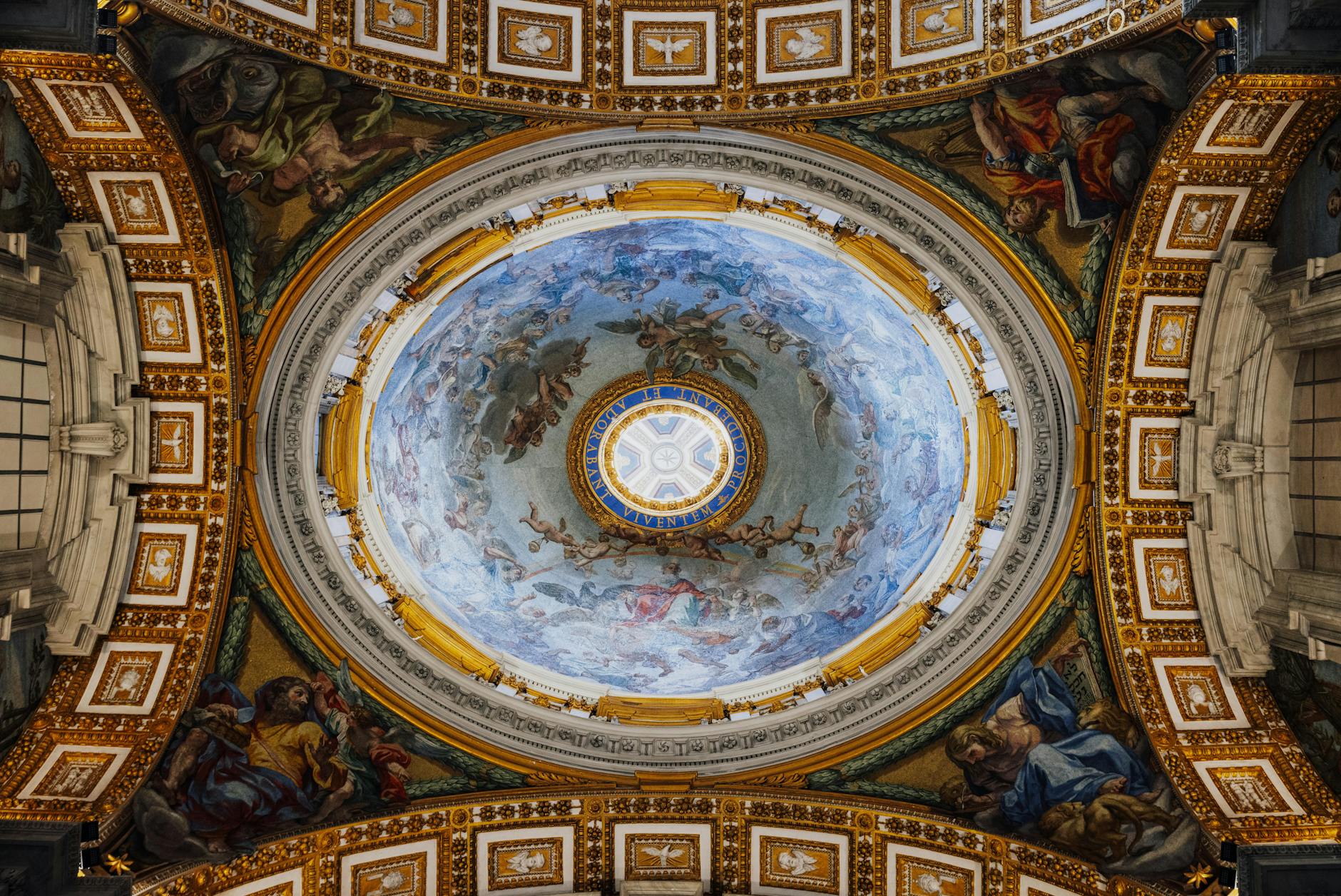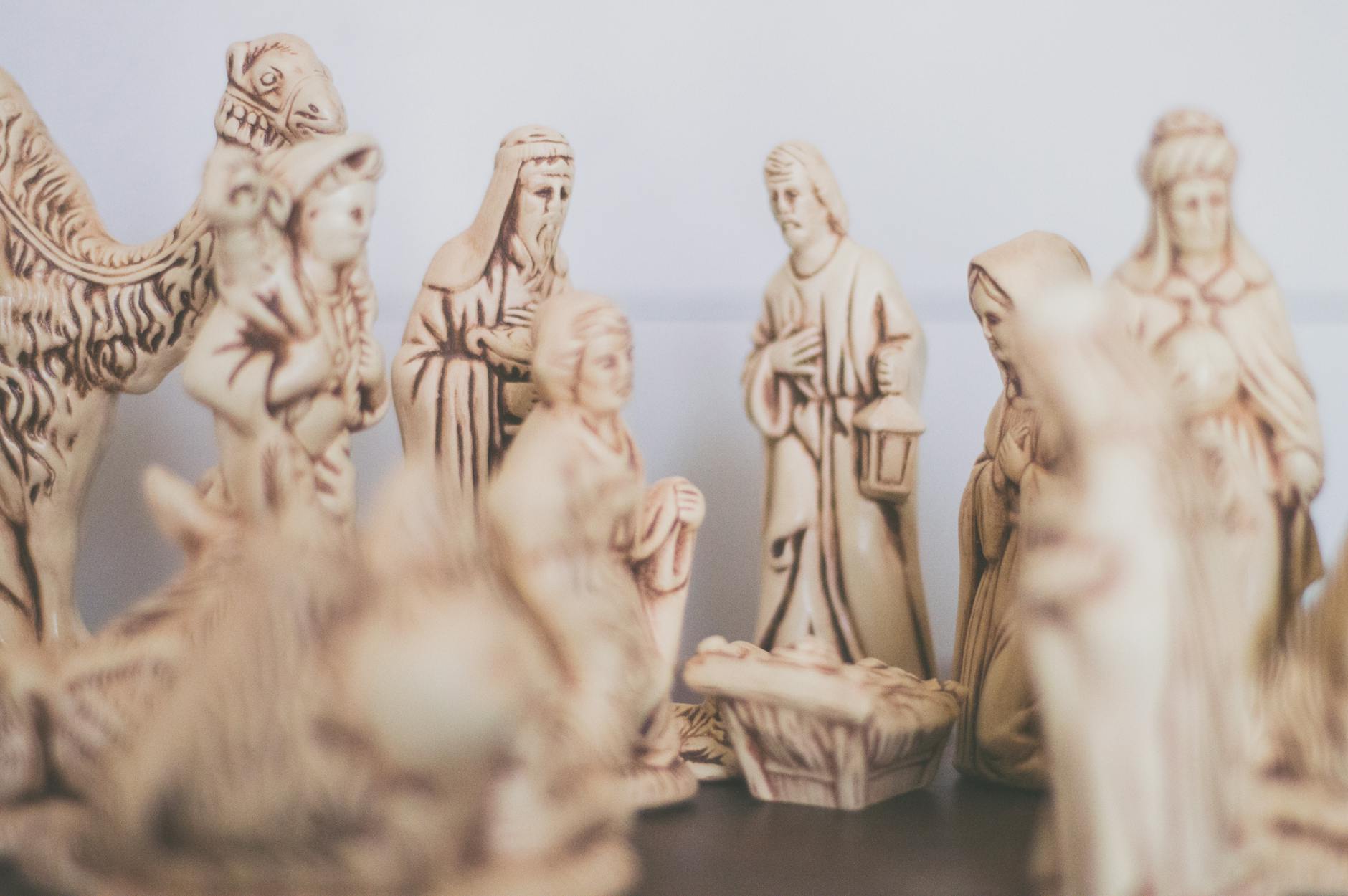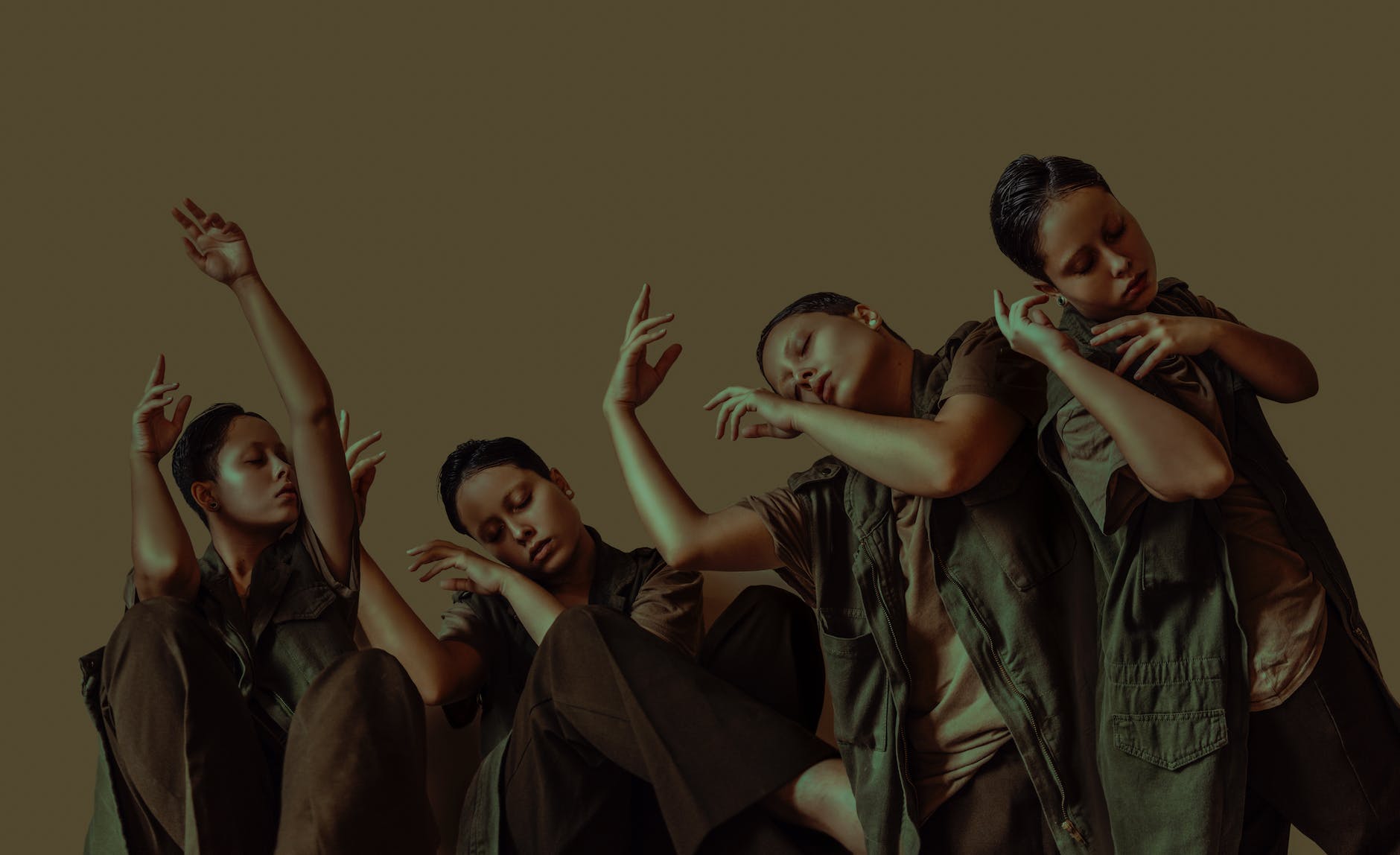The world of art is a kaleidoscope of diverse styles, each unique in form and execution. Among them, psychedelic art stands out as perhaps one of the most intriguing and enigmatic styles, known for its vibrant colors, intricate patterns, and surreal compositions that are often likened to visual hallucinations. The history and evolution of psychedelic art movements span a rich tapestry of cultural, political, and technological shifts, mirroring changes in society and the human perception of reality itself.
In the late 1950s, the birth of psychedelic art coincided with the rise of abstract expressionism, heralding a new era in the art world. Abstract expressionism broke traditional art’s boundaries by prioritizing the emotional and spiritual content over the representational aspect, thus paving the way for future art movements like psychedelic art. This was further cemented by the advent of the counterculture movement of the 1960s, an era defined by widespread social and political change. Individuals began exploring unconventional ideologies, spurred by cultural phenomena like the Civil Rights Movement, anti-war protests, and the sexual revolution.
The counterculture of the 1960s was intricately tied to psychedelic art. As DMT art and psychedelic experimentation became popular, artists began incorporating these themes into their work. These psychedelic artworks often depicted morphed and exaggerated forms, pulsating patterns, and vivid, clashing colors. The aim was to visually translate the altered states of consciousness or ‘trips’ users experienced while under the influence of hallucinogens such as LSD or DMT.
The late ’60s also saw the pop art movement rising to prominence. Characterized by bold colors and conventional imagery, pop-artists like Andy Warhol and Roy Lichtenstein often depicted popular culture iconography in their work. Psychedelic art borrowed much from this movement, fusing together high art and low culture to both celebrate and critique contemporary society.
Going beyond canvas and paint, psychedelic art exploded into various mediums. One of the most impactful was poster art, with artists like Wes Wilson and Victor Moscoso leading the charge. Their works, often concert posters for bands like Grateful Dead and Jimi Hendrix, became cultural icons of this tumultuous era, perfectly capturing the counterculture’s spirit.
In the 1970s, an interest in Eastern spirituality and mysticism fused with psychedelic art resulting in a unique blend of cultural appropriation and exploration of consciousness. As the decade progressed, this aesthetic heavily influenced album cover design, fashion, and film.
Psychedelic art took a transformative turn with the advent of digital technology in the 1980s and beyond. Digitization allowed artists to explore new techniques, pushing the boundaries of reality even further. Luminaries like Android Jones pioneered an entirely new medium known as digital art, where detailed compositions and intricate patterns could be created right on a computer screen. Today, these digital incarnations continue the legacy of psychedelic art, often finding a home in music festival culture and online art communities.
The evolution journey of psychedelic art moves beyond simply a style or genre. It has been a unique expression of the human experience, reflecting our shifting cultural landscapes and profound explorations of the self. Rooted in rebellion and the questioning of established norms, psychedelic art has continued to reinvent itself over the decades.
In conclusion, psychedelic art is an evolving entity. From abstract expressionism to digital art, it has constantly morphed and adapted while maintaining its core ethos. It stands today as a testament to an ever-changing narrative, an echo of cultural history, and a symbol of boundless creativity and imagination. As we move into the future, one can only wonder where this vibrant strand of artistic history will be taken next. It’s a continuous trip, after all.
Additionally, it is worth noting that any exploration of psychedelic art should come with respect for its roots in counterculture and indigenous practices. Recognizing this history is an essential part of understanding and appreciating this form of artistic expression.








